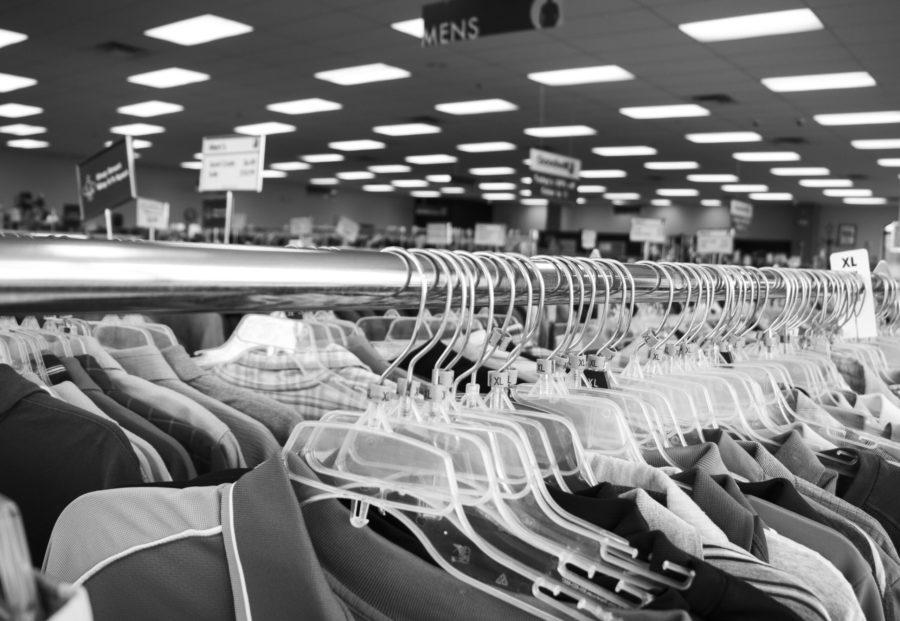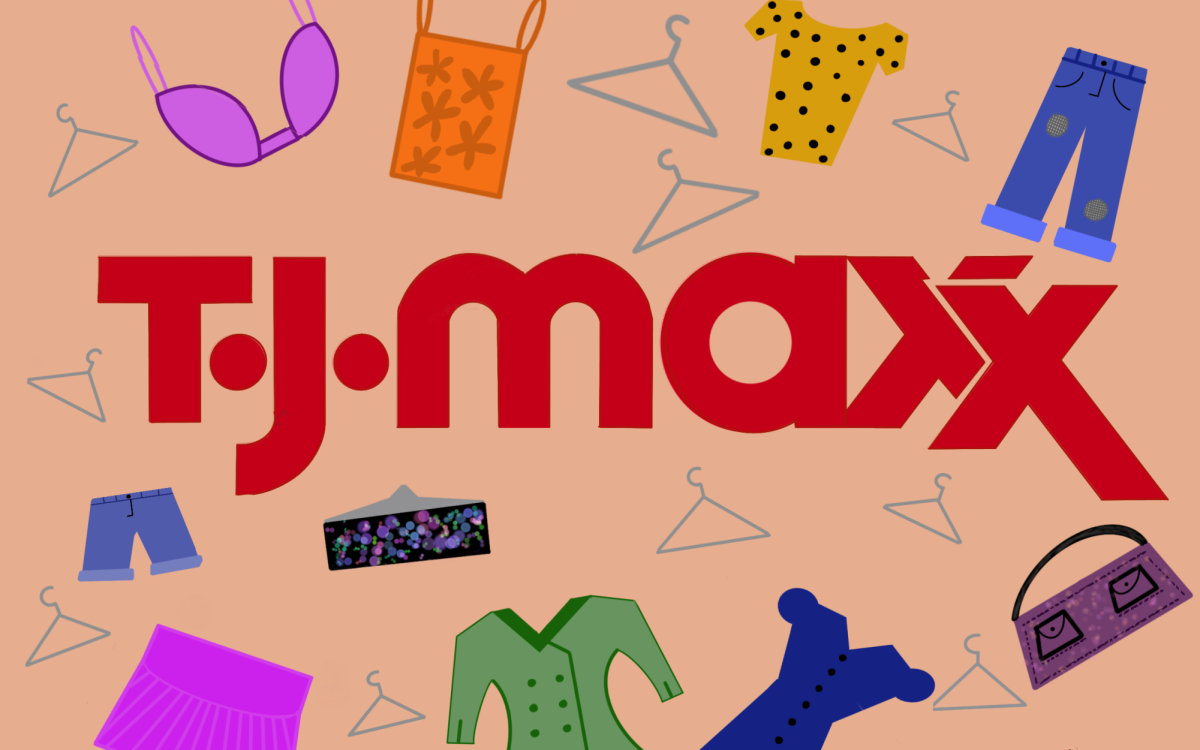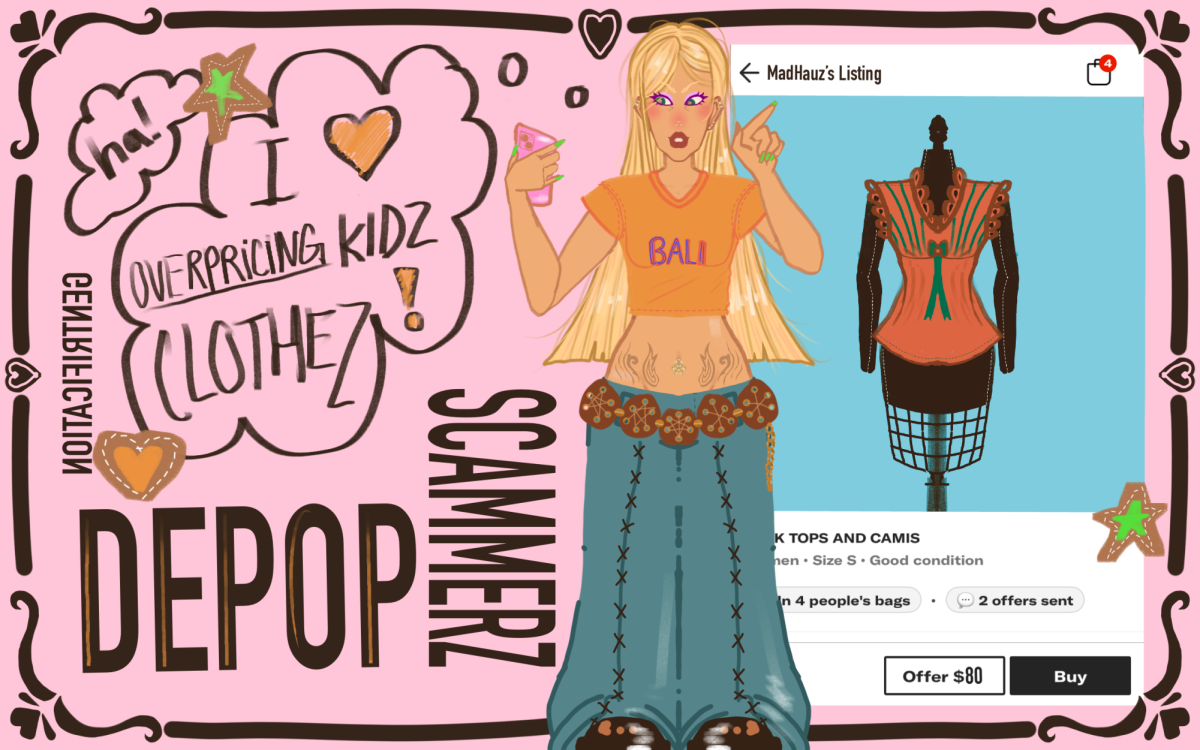The fashion industry has rapidly grown to be one of the most detrimental businesses in the world. Damaging production methods, lack of diversity and price-based systems have made mainstream fashion outdated and unattractive to young consumers. As sustainability becomes a bigger concern in the world, more and more customers are interested in secondhand shopping.
The popularity secondhand fashion has garnered since the early 2010s is a direct reaction to the cookie-cutter nature of fast fashion. Shopping for one of a kind and/or vintage items is a breath of fresh air for creatively-starved fashion lovers. Instead of sifting through the same few trends adopted by every store at the mall or big-name designer, consumers get to send themselves on a treasure hunt for unique pieces. On top of it all, thrifting is often considered more sustainable than fast fashion. But it does not come without downsides, the most significant being the gentrification of charity thrift stores.
The practice of thrift shopping has evolved from a quiet necessity for low-income Americans to a fun pastime for the upper middle class. Stores like Goodwill and Salvation Army were established as charity-based organizations to provide jobs and secondhand goods for the poor. Until the last decade, these shops were intended to serve communities that could not afford new clothing. From the viral 2012 Macklemore song to today’s YouTube and TikTok hauls, shopping at thrift stores is something anyone can do — whether it’s required because of income or chosen because it’s fun.
Secondhand shopping is a common option for low income customers, but it has been turned into a trend by upper middle class consumers who choose to do this for fun.
The influx of these shoppers in the thrift economy might seem harmless without a closer look. The combination of modern technology and thrifting has led to a reselling market bigger than ever. Reselling apps, like Depop, have made it possible for anyone to create their own virtual thrift store. A quick search of the word “vintage” or “thrifted” on Depop yields thousands of results. This new phenomenon of thrifting with the sole intent to resell it for more money online seems harmless at a glance. After all, many items are never purchased at thrift stores and end up in landfills.
The truth is shopping at charity thrift stores just to resell items for exorbitant amounts of money impacts these businesses. Specifically, it means secondhand shops have begun to increase their prices accordingly. When The State Press compared the 2010 and 2020 guides for Goodwill item evaluations, they discovered a clear increase in the prices the store sets. This indicates that Goodwill items have increased in value because they are being resold at record breaking prices, and the company’s price markups reflect this increased value.
Another issue caused by thrifting becoming mainstream is the shrinking selection of plus-size and children’s clothes. Plus-sized consumers have always had trouble finding clothes that fit, and choices are even more slim when thrift shopping is one of the only options available. Much of the plus-size selection is bought out by slimmer customers who want “oversized” clothing. The new trend of “baby tees” has led to some adult consumers seeking out children’s shirts to wear in this style, making it hard for low income mothers to find clothes for their children.
This is not to say that secondhand consumers who can afford not to shop at thrift stores are wrong. For many people, the cons of fast fashion vastly outweigh those of thrift shopping. Purchasing secondhand items, whether online or at a charity shop, prevents them from ending up in a landfill. It also does not contribute to fast fashion, which is responsible for environmental and ethical damage, especially in developing countries where production takes place.
It is important to understand the privilege needed for consumers to choose to shop at charity thrift stores like Goodwill, rather than being forced to because of their income. Responsible thrifting is possible as long as customers are mindful and shop with restraint to leave options to low income shoppers who have no option but to buy secondhand. Ethical thrifters should also avoid shopping with the sole purpose of reselling apparel online for a significantly higher price. Overall, consumers can practice sustainable thrifting the way we practice sustainability in general — by educating ourselves and practicing purchasing in moderation.
Support Student Media
Hi, I’m Maria McGinnis, a senior journalism student from Stow, Ohio. I’m also the editor-in-chief of A Magazine. My staff and I are committed to bringing you the most important and entertaining news from the realms of fashion, beauty, and culture. We are full-time students and hard-working journalists. While we get support from the student media fee and earned revenue such as advertising, both of those continue to decline. Your generous gift of any amount will help enhance our student experience as we grow into working professionals. Please go here to donate to A Magazine.











